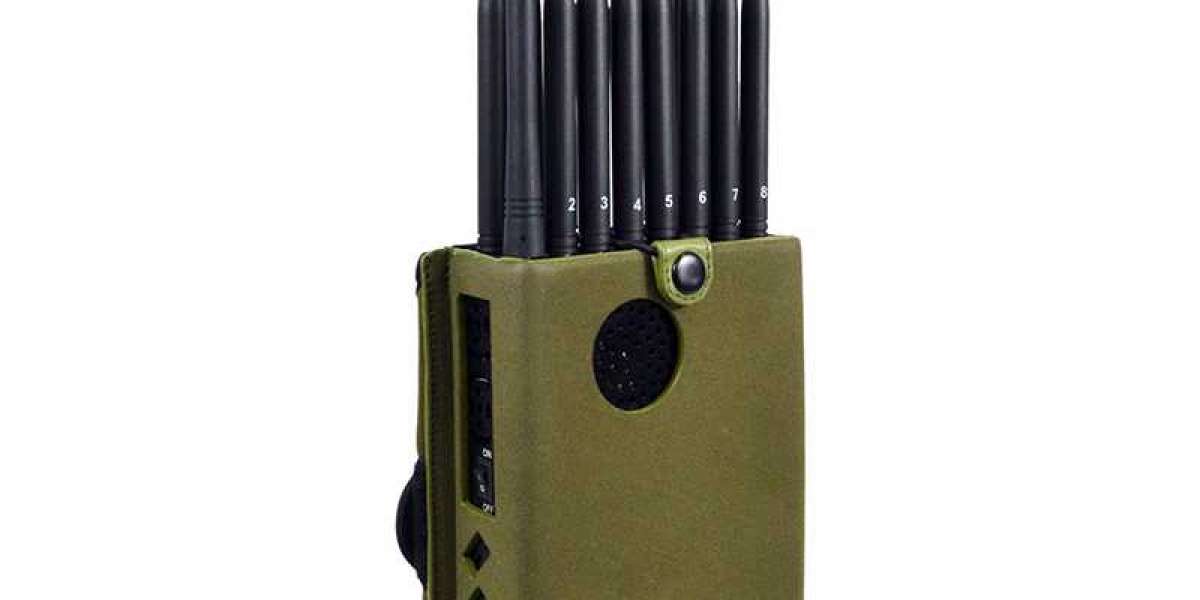Market Highlights
Epilepsy Research, UK (ERUK) launched a Doctoral Training Centre (DTC) Grant Scheme with the aim of capacity building of the UK epilepsy research environment. ERUK is currently inviting applications from research institutes to apply for multiple linked Ph.D. studentships to commence 2021-2023.
Epilepsy Devices Market is expected to register a CAGR of 6.56% during the forecast period and is expected to hit USD 551.2 Million by 2027.
The National Institute of Neurological Disorders and Stroke (NINDS), a part of the USS National Institutes of Health, had appropriated USD 154 million in 2017 for research on epilepsy. The appropriation rose to USD 188 million in 2019 and is estimated to reach USD 203 million by 2020. The notable studies and research institutes that NINDS has funded include The Epilepsy 4000 (Epi4K), The Center for SUDEP Research (CSR), The Epilepsy Bioinformatics Study for Antiepileptogenic Therapy (EpiBiosS4Rx), The Channelopathy-Associated Epilepsy Research Center (CAERC), and The Epilepsy Multiplatform Variant Prediction (EpiMVP). The Epilepsy Foundation awarded USD 200,000 to two of the finalists who competed in the 9th Annual Shark Tank Competition on August 27 at the 2020 Epilepsy Pipeline Conference, Maryland, US. This included a grant of USD 125,000 to a researcher for a medical-grade smart-mattress device known as Chorus to reposition individuals and stimulate them post-seizure to prevent Sudden Unexpected Death in Epilepsy (SUDEP). Similarly, National Institute for Health Research’s (UK) Research and Innovation for Global Health Transformation (RIGHT) program has awarded USD 6.6 million to fund a project investigating epilepsy in sub-Saharan Africa in February 2020.
Segment Analysis
Global Epilepsy Devices Market has been segmented based on Product Type, Technology, Seizure Detection and Prediction Devices, and End Use.
On the basis of product type, the global epilepsy devices market is segmented into wearable devices, conventional devices, and implantable devices. The wearable devices segment is further segmented into watches, bracelets, camera devices, mattress devices, anti-suffocation pillows, and others
On the basis of technology, the global epilepsy devices market has been classified as vagus nerve stimulation, responsive neurostimulation, deep brain stimulation and accelerometry
On the basis of end use, the global epilepsy devices market has been classified as hospitals clinics, neurology centers, home care settings, and others.
Regional Analysis
Global Epilepsy Devices Market, based on region, has been divided into the Americas, Europe, Asia-Pacific, and the Middle East Africa. The Americas accounted for a larger share of the global epilepsy devices market. The large share is majorly attributed to the presence of key device manufacturers, increasing adoption of innovative software for detection of seizures, technological advancements, and high disposable income. Boost in the research funding in the European region, rising government initiatives, increasing number of patients suffering from epilepsy, an increasing number of manufacturers, improving economies, high disposable income per individual, and increased healthcare spending are resulting in the high the growth of the market in this region. The Asia Pacific region is anticipated to grow at a lucrative CAGR over the forecast period. A study funded by the Global Health Department of Sanofi and Grand Challenges Canada (grant number 0325–04) found that epilepsy affects more than 50 million people worldwide, 80% of whom live in low- and middle-income countries (LMICs). n Southeast Asia, the prevalence was moderate (6%). Around 10–12 million people with epilepsy reside in India. A significant number of patients do not receive appropriate treatment, leading to a large treatment gap. A high prevalence and incidence of epilepsy has been reported in onchocerciasis-endemic regions in Central and East Africa. There is compelling epidemiological evidence suggesting that this high burden is caused by onchocerciasis-associated epilepsy (OAE).
Key Players
MRFR recognizes the following companies as the Key Players in the Global Epilepsy Devices Market— Boston Scientific Corporation, Medpage Ltd (Easylink UK), Cerbomed GmbH (TVNS Technologies GmbH), Liva Nova (Cyberonics), Compumedics, Nihon Kohden, MC10, Empatica, Inc, Medtronic Plc, Neuropace, Inc, and Natus Medical Incorporated.
Key Findings of the Study
- Global Epilepsy Devices Market was valued at USD 551.2 Million and is expected to register a CAGR of 6.56% during the assessment period.
- The Americas accounted for a larger share of the global market due to the increasing adoption of treatment for epilepsy by patients.
- Based on product type, the conventional devices segment accounted for the largest market share of 54.0% in 2019.
- Based on technology, the vagus nerve stimulation segment dominated the global epilepsy devices market in 2019 and accounted for the largest market share with a market value of USD 252.8 million.
- Based on seizure detection and prediction devices, the electroencephalogram (EEG) segment accounted for the largest market share of 24.0% in 2019.
- Based on end-user, the hospitals clinics segment dominated the global epilepsy devices market in 2019 and accounted for a market value of USD 288.3 million.








